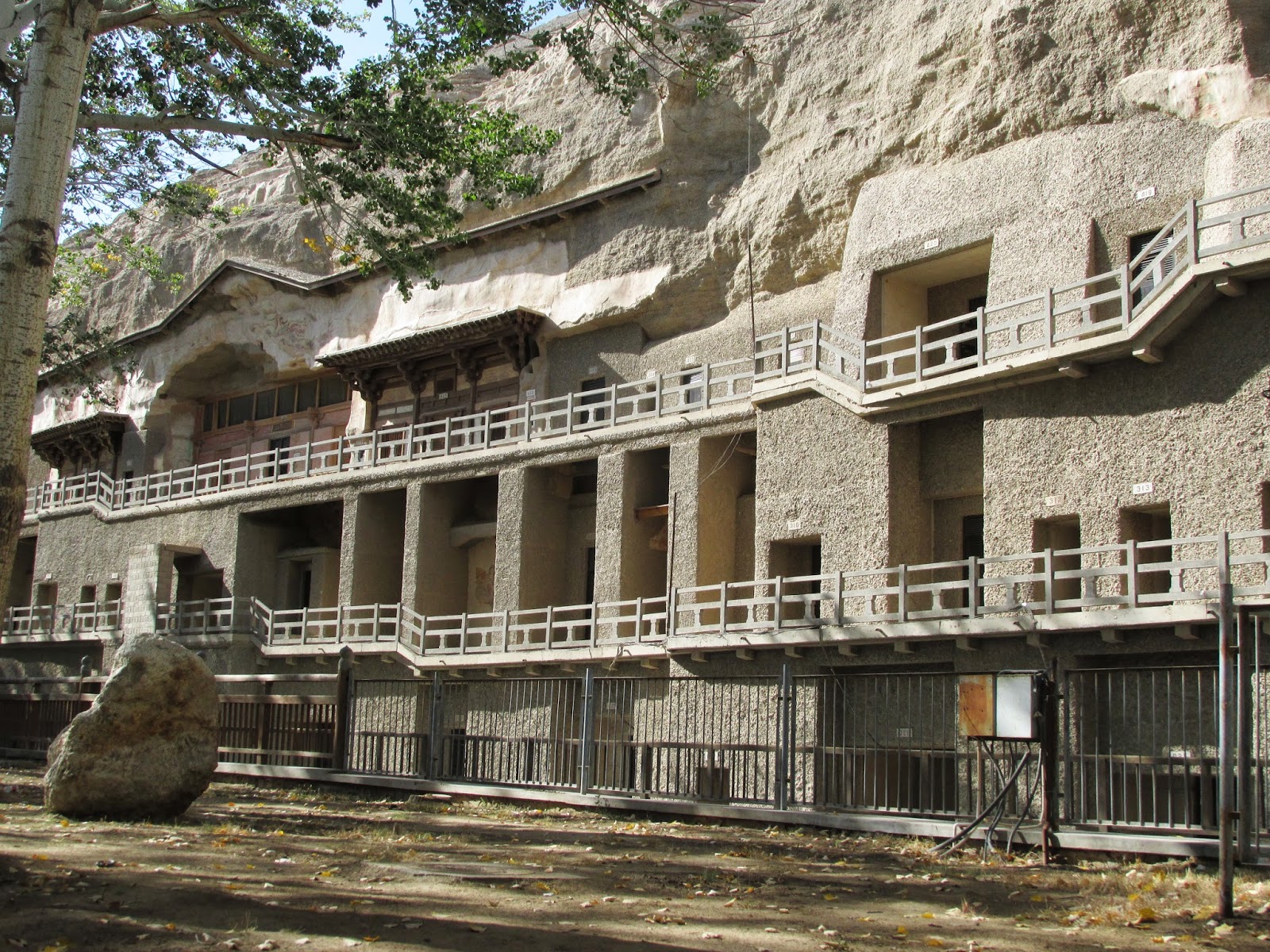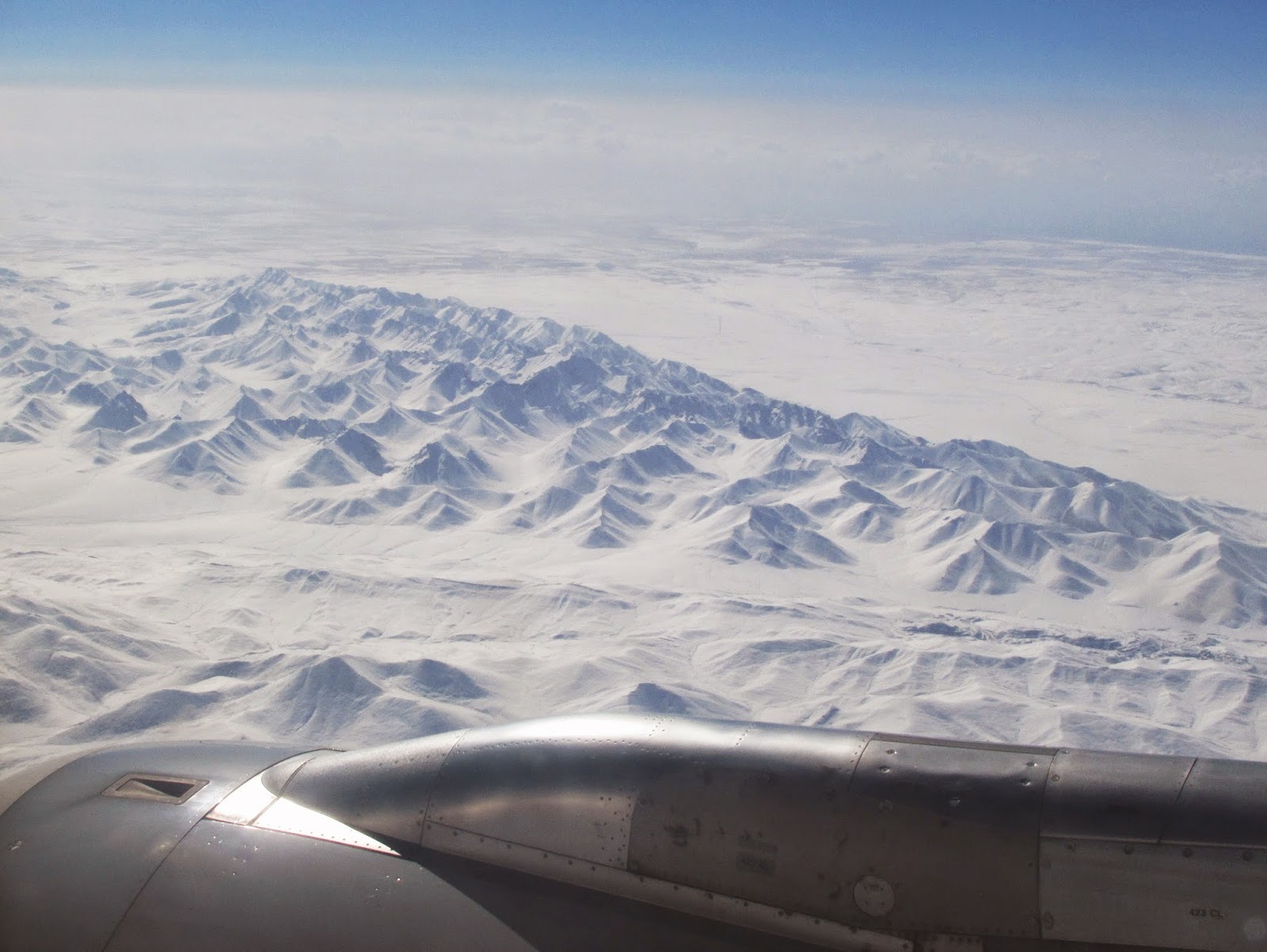Sports
Days were last Thursday and Friday. So no classes those days. Since I don’t
have classes on Friday, I missed only my one class on Thursday. Other teachers
missed more.
We went to the opening ceremony, which was fun. I sat with Hannah,
and she told me which departments the various groups represented.
When the
competitions started, I went to the field to hang out with Yang and Michelle
while Yang waited for here events. That was fun, as she was super excited to be
participating.
This
year we participated with the Foreign Language Department rather than the
waiban. I signed up for the 30-meter run carrying a tennis ball on a racket
again, as it’s the shortest run. I maintained my last place result, but I
didn’t drop the ball. Later when we were watching the long jump, I mentioned
that I should have signed up for that. So a friend took me over to sign up and
I ended out doing that, too. My jump was not long.
On
Saturday Kasey invited me to join Theresa, one of her students, and her to go
to a park. Theresa had said that the park is about an hour away by bus; so we
thought we’d be gone for a few hours. It turned out that the park is in
Chengdu.
We got off the bus at the museum, and Theresa decided that we should
go to the museum, as it’s free and we were there. So we did. I wasn’t that keen
on going to the museum, but I do like it; so it was OK. We walked around for
about an hour.
Next we went to eat lunch. Since Kasey was looking for gifts to
mail home and we were near the art market, I suggested that we go there. It was
a successful trip, as she found a few things to buy. Then we went to the park,
which is the one next to the museum. After walking around for about an hour, we
headed for the bus station to return home. Theresa is quite nice and speaks
English well; so it was a pleasant outing in spite of the fact that we arrived
home nine hours after we left instead of the three or four we thought we’d be
gone for.
On Wednesday,
I went to the piano recital of a teacher who was in my teachers’ class last
term. I was pleased that he remembered to invite me and glad that I was able to
attend. On the way, I met two students who decided to join me, which was nice.
Since I’m a foreign teacher—or maybe since I’m a teacher, we were seated in the
third row, and I was able to see Xavi’s hands as he played, which I enjoyed.
The recital was wonderful, especially since I hadn’t been to a concert for many
years.
Afterwards, I was told to go on stage for photos. I’m sure the man who
told me to go up didn’t know that Xavi is a friend and just invited me because
I’m foreign. Since I was placed next to Xavi for the photos, I was glad that I
actually know him.
After
the concert, I went to the special English Corner sponsored by the English
association/club for English majors. We had been asked to sing and play a few
games. They wanted us to plan the games, but we agreed that we would play games
that the students planned. It turned out that we were the major and only
entertainment. They had us go on stage and only invited students to join us
when we insisted that students also play. Two of the three games had no
language—pass a toy and the person holding it when the music stops has to
perform and musical chairs. After playing musical chairs with a few students,
they made us do it again with only the foreign teachers. The whole thing felt a
bit like Paul’s description of us as “trained monkeys.” After the show, we
broke into the usual discussion groups. One good thing about this special
English Corner was that, since it was for the English majors, we didn’t have
one on Tuesday night.
Saturday
there was a small earthquake about 100 km from here. Hannah’s 21st
floor apartment shook, but I didn’t feel anything in the park where I was. She
was scared, as it was her first experience with an earthquake, and left the
building quickly, forgetting her keys. She also forgot to put shorts on over
her tights and had to buy new ones before meeting Paul. When I was taking my
trash out, I met Paul in the hall, and he told me Hannah was locked out of her
apartment since her roommate was gone for the weekend. So I invited her to
sleep on my couch. We chatted for a couple hours, which was nice. She enjoyed
sleeping in a heated room, as her apartment doesn’t have heat.
While I
was in the park I enjoyed watching a group of woman doing a fan dance. They
seemed to be practicing for something, not just exercising.
Weather
is becoming colder. Temperatures at night are in the 50s and are in the 60s
during the day. I’m glad I have my warm clothes ready to wear. The gingko trees
are yellow.
A little sunshine would make them more brilliant, but some are
still beautiful.
































































